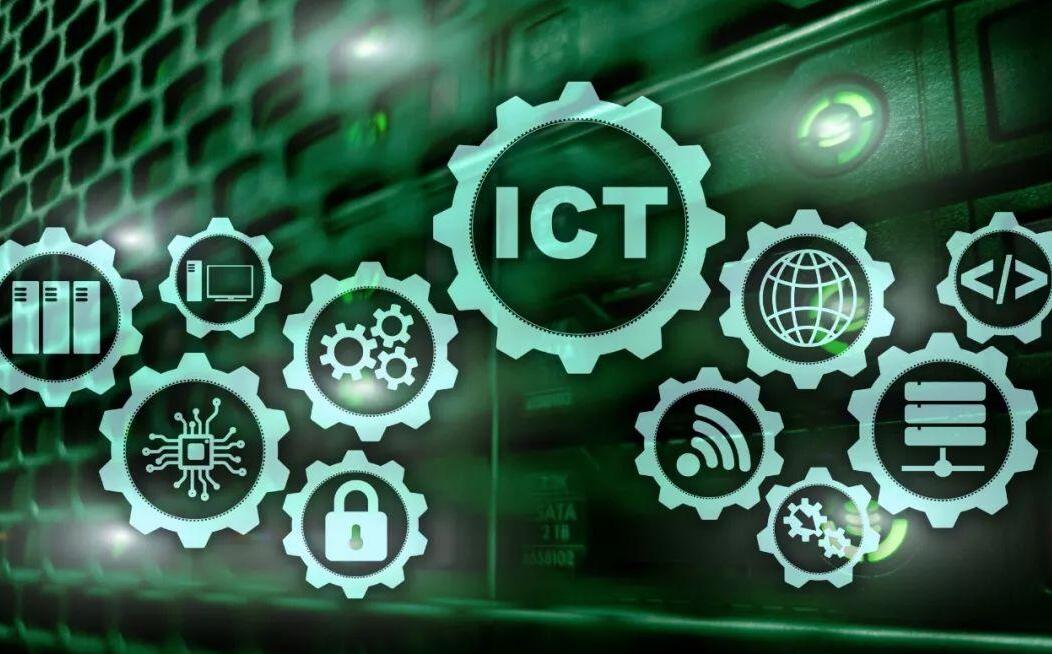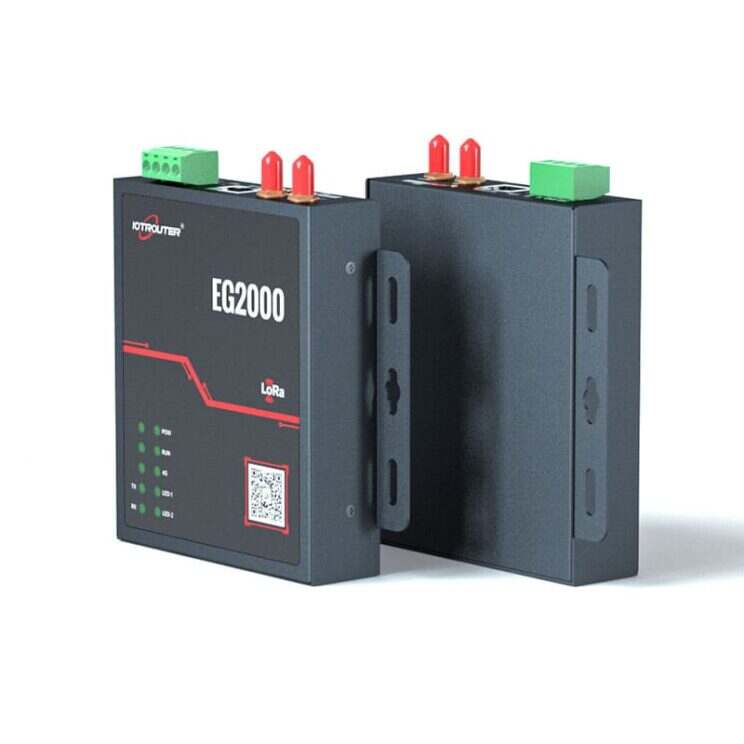In the “Edge Computing+” reference model, based on the technology integration and innovation capability base provided by edge computing, ICT technologies represented by 5G, AI, high-performance computing, etc., are deeply integrated with edge computing technologies to form key technologies of “Edge Computing+” such as MEC, Edge AI, Edge HPC, Edge Security, etc., and provide industry users with integration capabilities such as efficient computing power, massive access, security protection, intelligent analysis, etc. through unified service interfaces.
“Edge Computing+”
In terms of the integration of 5G technologyedge computing combineert volledig de kenmerken van 5G eMBB hoge bandbreedte, uRLLC zeer lage latency, mMTC grote verbinding, enz., en zakt de capaciteit van de wolk naar de rand van het mobiele netwerk om te voldoen aan de verwerkingsbehoeften van high-throughput real-time intelligente analyses van vele scenario's, zoals voertuig-weg coördinatie scenario's, intelligente productie scenario's, en intelligente energie scenario's.

In terms of the convergence of artificial intelligence technologyMet de komst van de golf van digitale transformatie in de industrie zal de technologie voor kunstmatige intelligentie aan de rand, die edge computing en kunstmatige intelligentie combineert, kunstmatige intelligentie-algoritmen aan de rand laten draaien om te voldoen aan de real-time en gelokaliseerde behoeften aan intelligente verwerking van veel scenario's, zoals intelligent transport, intelligente logistiek, intelligente waterconservering, enz.
In the integration of audio/video technologyMet de aangeboren voordelen van "low-latency, high-bandwidth en large connection" van edge computing, kan het de digitale transformatie van verschillende industrieën helpen en voldoen aan de behoeften van verschillende industrieën aan real-time videodiensten en de intelligentie van videodata. De nieuwe technologie zal worden gebruikt om te voldoen aan de behoeften van verschillende industrieën aan real-time videodiensten en de intelligentie van videogegevens.
In the integration of blockchain technology, by deploying blockchain services on edge nodes, it can not only provide real-time data storage for industrial applications, but also provide trusted data analysis and business execution.

In terms of the convergence of security technology, edge nodes need to face massive device access, and face many challenges in terms of privacy protection and data security. The convergence of edge computing and security technology is reflected on the one hand in the construction of a secure and usable ecosystem to protect the security of edge computing architecture such as edge computing devices, infrastructure, edge applications, etc. On the other hand, it can provide all kinds of security services such as security gateway, security detection, and so on on the edge side.
In the integration of high-performance computing technology, automatisch rijden, digitale productie en andere scenario's moeten high-performance computing middelen en computing architectuur aan de rand van de verwerking behoeften van rekenintensieve taken te voldoen. Tegelijkertijd is high-performance computing toepassingen op de wolk uitgegroeid tot een onvermijdelijke trend in de ontwikkeling van de industrie, door de inzet van cloud HPC-toepassingen aan de rand en de wolk kant op hetzelfde moment, zal volledig voldoen aan de vraag naar high-performance rekenkracht voor industriële toepassingen met flexibiliteit en elasticiteit.
Development Trends of Edge Computing and ICT Convergence in 2025
1. Comprehensive Convergence of AI, IT, and OT
2. Accelerated Migration from Cloud to Edge
3. Edge Security Becomes a Top Priority
4. The Rise of Industry-Specific Solutions
Manufacturing: Smart factories supported by Edge AI and high-performance computing
Healthcare: Telemedicine and real-time health monitoring supported by edge computing
Smart cities: City management and services supported by distributed edge nodes
Retail: Edge video analytics and AI-driven personalized shopping experiences
Bron: Network Convergence Industry and Standards Promotion Committee.


